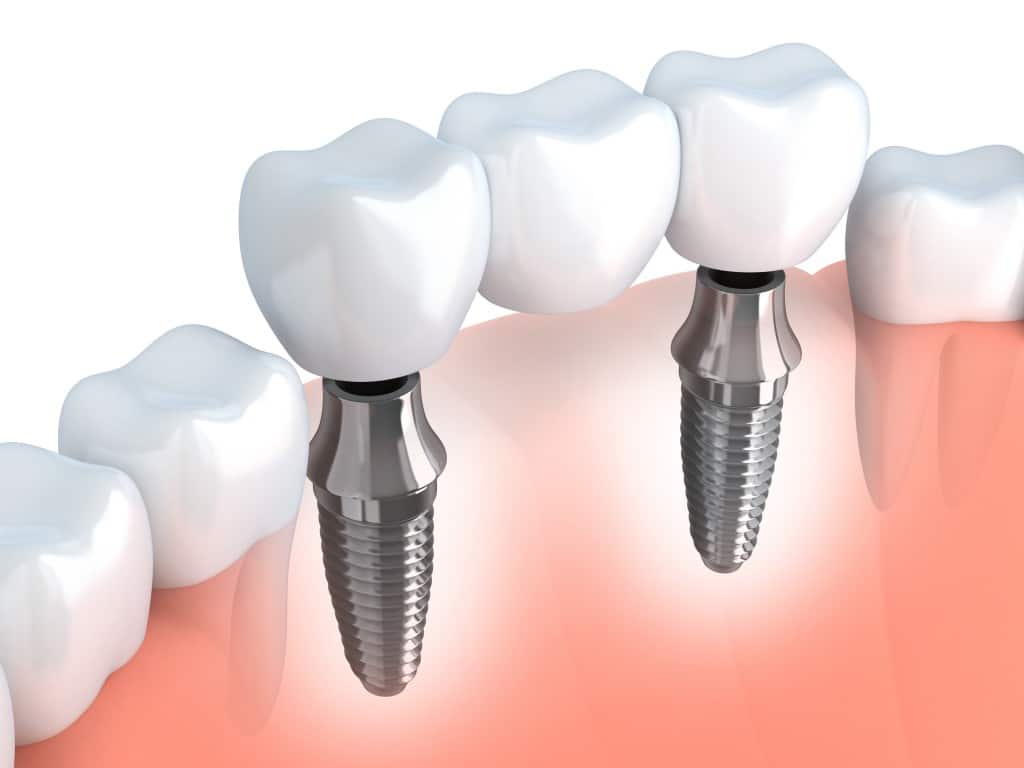Many different cosmetic dental procedures are commonly performed on patients today and offered by dentists in Summerlin. However, archaeologists learned that, surprisingly, the dental technique was practiced thousands of years ago. Today, patients commonly receive dentures and implants to replace missing or badly decayed teeth. Dental veneers are another option in acrylics fashioned to resemble natural teeth. Metallic veneers serve as a fashion statement. Though techniques have improved since their popularity in the 20th century, evidence suggests that practitioners performed cosmetic dentistry in ancient civilizations.
Dental Implants
Archaeologists found a 7,000-year-old skull in Algeria that had a tooth replacement made from bone. A 5,500 year-old skeleton unearthed in Egypt had an implant made from a seashell. As ancient cultures believed that individuals carried on a somewhat normal lifestyle in the afterlife, some theorize that the implants may have been inserted after the victim’s death. However, Celtic skeletons from the Iron Age have been found with evidence of iron pins located in the graves and toward the front jaws of deceased individuals. As missing frontal teeth impair appearance, archaeologists believe that the implants were painfully installed while these people were alive and served a cosmetic purpose.
Oral Bling
The Etruscan elite from the Iron Age were commonly known to admire gold teeth. The implants may have replaced lost, broken or decayed teeth. However, they might also have replaced healthy teeth in an attempt to distinguish them from lower social classes. History additionally suggests that the Celts often had trade relations with the Etruscans and may have emulated their oral fashion sense. Case in point being the grave of a young Celt woman who was dressed in finery, adorned with precious stones and exhibited and iron pin in her mouth that probably anchored a tooth. Scientists suggest that given her obvious social status, it is likely that the front tooth implant was decorative in nature.
Dentures
Beginning in the 15th century, dentures were sculpted from bone or ivory. However, not having the means to take precise measurements of a patient’s mouth, the appliances often fit poorly and were extremely uncomfortable. Around the year 1770, European dentists began exploring the possibility of making dentures from porcelain. Around this time, the practitioners also started using plaster molds to accurately depict the internal oral structure in order to create better-fitting dentures. By the early 1800s, porcelain dentures made their way to the United States. During the 1840s, the base of the dentures was made from a flexible rubber material known as Vulcanite.

